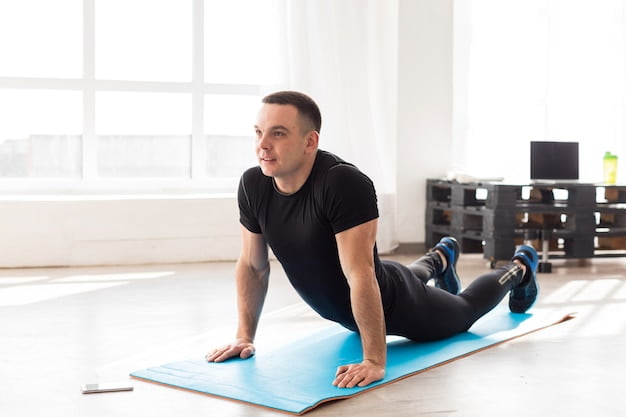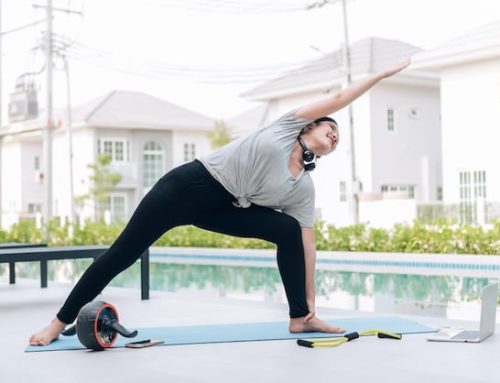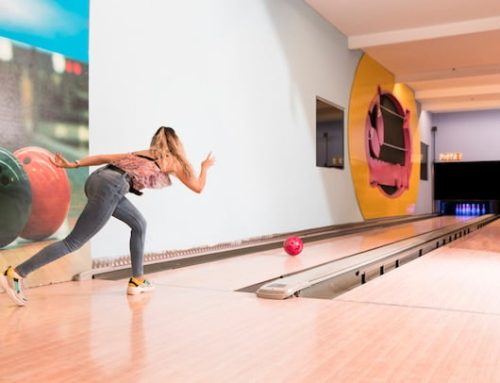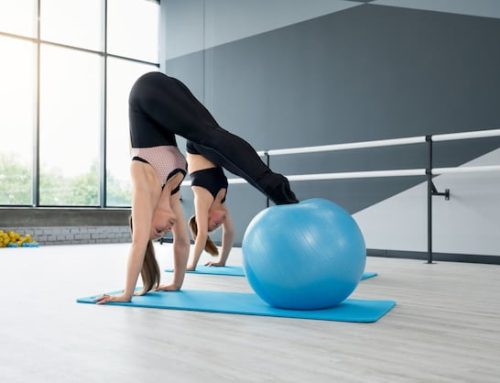A Balance Board for Brain Training?
Balance board training has become a popular workout routine for fitness enthusiasts and athletes. It is known to help develop better balance and coordination as well as strengthen the core muscles. However, did you know that balance board training also has a significant impact on the brain?
The Science behind the Balance Board
The brain controls our ability to balance and coordinate our movements. Keeping the body upright requires the brain to receive and interpret information from the eyes, inner ear, and sensory receptors in the body. This information is processed through the cerebellum, a part of the brain responsible for coordination and balance.
Balance board training challenges the cerebellum to process sensory input more efficiently. The brain learns to adapt to the unstable surface of the board, and with repetition, the cerebellum develops new neural connections, leading to improved balance and coordination.
Benefits of Balance Board Training on the Brain
Apart from improving balance and coordination, balance board training has several benefits for the brain. Here are some of the ways it can impact the brain:
| Brain Function | Balance Board Benefit |
|---|---|
| Memory | Balance board training can improve memory by enhancing the formation of new neural connections in the brain. |
| Cognitive Flexibility | Balance board training can improve cognitive flexibility by challenging the brain to adapt to new and changing movements. |
| Mood | Balance board training can improve mood by boosting the production of endorphins, the body’s natural mood enhancers. |
| Reaction Time | Balance board training can improve reaction time by training the brain to respond quickly to new and unexpected stimuli. |
Balance Board Training for Brain Health
The benefits of balance board training on brain health make it an excellent workout routine for people of all ages. In fact, many physical therapists recommend balance board exercises as a part of their rehabilitation regime for patients with neurological disorders or after surgery.
Moreover, balance board training is a fun and engaging way to stimulate the brain. It challenges the brain to problem-solve and adapt, keeping it sharp and active. It also promotes relaxation and mindfulness, necessary for overall brain health.
Tips for Balance Board Training
If you are new to balance board training, here are some tips to help you get started:
- Start slow and steady. Do not push yourself too hard.
- Use a balance board with appropriate difficulty level for your fitness and skill level.
- Use proper footwear and only train on a non-slip surface.
- Engage your core muscles to maintain balance on the board.
- Start with simple exercises, such as standing on one foot, before progressing to more complex movements.
The Takeaway
Balance board training is an effective way to improve balance, coordination, and core strength, but it also has significant benefits for the brain. By challenging the brain to adapt to an unstable surface, balance board training can boost cognitive function, memory, mood, and reaction time. It is a fun and engaging way to stimulate the brain and promote overall brain health. However, like any workout routine, it is essential to start slow and steady and use proper techniques to avoid injury.






